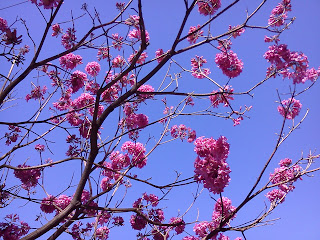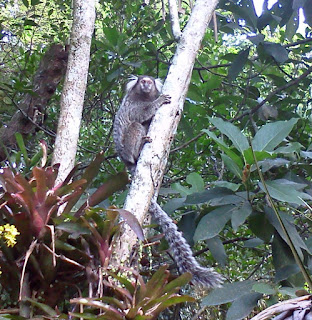A beautiful winter Sun-day!!!
Leblon beach
Leblon-Ipanema
Ipanema beachfront!
hummmm! colourful!!
"Cariocas don't like cloudy days!"
Thursday, July 7th
It was rainny and cold....
Probably the coldest day of the year!
Friday, July 9th
The sun came out but temperatures were still low...
It is nice to see Cariocas in Winter outfits...
many of us look forward to these days!
but when colder days come, it feels awkward...
We are not used to it at all.

































